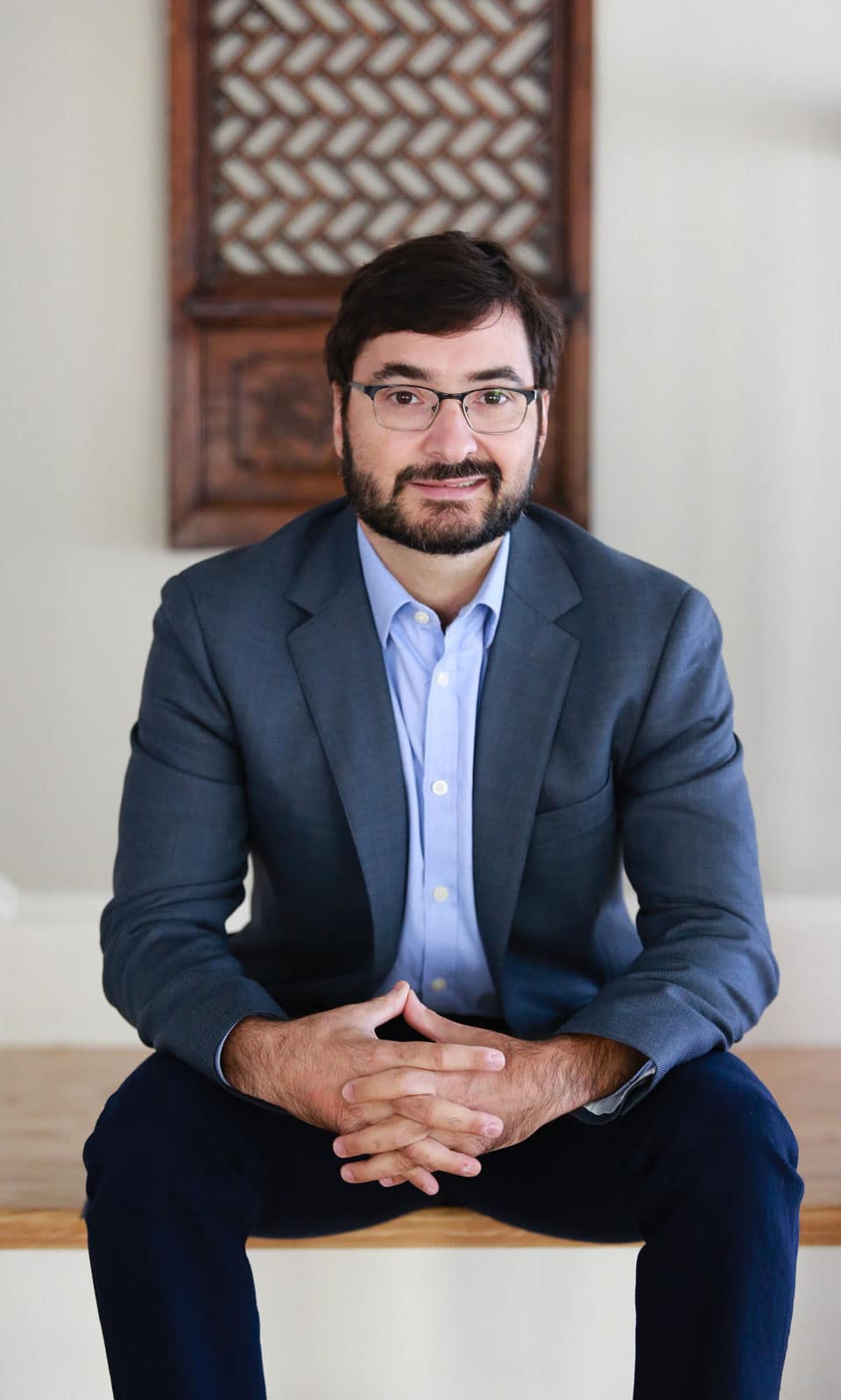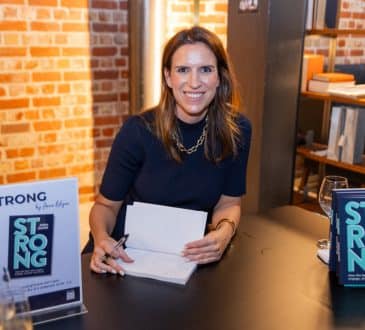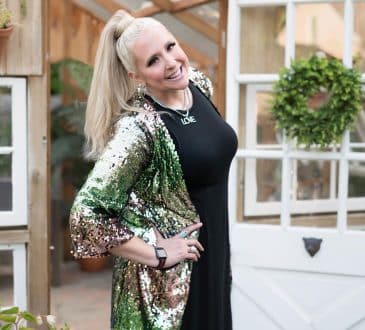How facing unimaginable loss allowed me to become a better leader

What does it mean to be a better leader? It’s a question I ponder a lot in my role as an executive coach. After all, my job is to help leaders be better. While there has been much written on this topic, my greatest learnings came when I had to face the unimaginable and devastating loss of my 9-year-old son, William.
In 2019, while on a family ski vacation in Big Sky, Montana, William died in a freak ski accident. In a single moment our lives were turned upside down and as grief consumed my entire being, I had a desperate need to make meaning out of something that seemed so random and so senseless. For me that meaning making process had to do with learning from this tragedy so that I could live my life differently. As I meditated and reflected on the question, “what can I learn from this”, lessons on how to be a better person and a better leader started to take shape.
I believe that one of the most important aspects of being a leader is creating an environment that allows others to thrive; all in service of a larger and more connected vision. There are three lessons that I have taken from my family’s tragedy that are critical to this.
To create the environment in which people can thrive, leaders must be very intentional about how they show up. A mentor of mine would say, “leaders bring the weather”. How a leader shows up creates the experience, either positive or negative, for everyone they lead. It sets the tone.
- Pause
One of the biggest lessons I learned from losing William, is the importance of pausing. I was so used to being on the proverbial hamster wheel, always in go-go-go mode that initially this wasn’t easy. Yet, how was I supposed to support my family and be of any use to my clients and colleagues if I didn’t take care of myself, if I didn’t pause? I needed to make time to process everything and the only way to do that was to pause. By stepping back and reflecting, I was able to be more present with my thoughts and feelings. It gave me the space to navigate through the uncertainty that we were facing as well as build self-awareness for where I was emotionally as I went through each stage of grief. Pausing was the only way for me to face the most challenging situation of my life.In a world where the only constant is change and the levels of complexity are increasing at an exponential rate, leaders confront challenges at every turn. A leader’s ability to create space by pausing is now more important than ever. Failing to do this keeps leaders trapped in a constant ‘do loop’, unable to rise above the fray and take stock of what is happening both at a macro level and micro level. At the macro level it’s about being aware of the big picture and determining what strategic shifts need to be made to stay completive and meet desired objectives. At the micro level it’s about taking stock of what is going on within and examining how they are performing as a leader. Pausing allows us to process what is going on, learn from it and make any adjustments necessary. Unfortunately, too often leaders don’t prioritize pausing because of a bias towards action. They worry that pausing and slowing down will result in them falling behind on all the demands that are placed on them, when in reality sometimes what is most needed is to slow down so you can speed up later by pausing.
- Be Intentional
Another lesson I learned, was the importance of being as intentional as possible with how we choose to react to the challenges that life throws at us. William was with me when he died. As you can image, the guilt I felt made me extremely fragile and close to a complete breakdown in those early moments. While I waited for my wife, Susie, to arrive at the ski patrol clinic where William was being treated, I was scared to death of facing her. What would she think of me? When that moment did arrive, the first words she said to me were, “it’s not your fault.” It was the epitome of a selfless and measured act. She could have chosen many other reactions and it would have been justified but she chose that one. She was as inspiring a leader as there ever was. She understood the state I was in and made a choice that set the tone for how our family would endure this nightmare. This is what great leadership is about, understanding what is needed by those around you and choosing a reaction that serves them or the situation.The reality of being a leader is that people are always looking to you for queues on how to be. What this means is that your reactions matter. They will set the tone for how any given situation will be perceived – for better or for worse. As a result, it’s critical that leaders develop the capacity to be more at choice with their attitudes and reactions to the different challenges that arise. To do that, being mindful and present is supremely important. I am not suggesting that a leader should be robotic or devoid of any emotion. What I am suggesting is that in order to create an environment where people feel safe in your presence, a leader should develop the capacity to step back an make an intentional choice for how they would like to show up.
- Be yourself
When you lose a child, it forces you to examine your own life more deeply. You question everything. You confront your own mortality and are forced step back and examine your own life more closely. For me this meant coming face to face with age old ways of thinking and narratives that had limited me since I was a child. When William was eight, he came up with a mantra to help him through his own anxiety – BE YOURSELF. As I reflected on my life and his, I realized that in his short life he had put his finger on one of the most powerful mindsets that allows one to live life more fully. Just being yourself sounds so easy and yet my experience of coaching thousands of people tells me that for many this isn’t the case, especially in the context of work.I have worked with a lot of leaders over the years and one of the most common themes I have noticed is that many feel as if they need to be a certain way at work. They check a part of themselves at the door, often, because they believe that doing otherwise would not be professional or that it would send the wrong message. Quite the contrary, when a leader is guarded and does not bring their full authentic selves to work, it sets the tone for how others should be. What it also does, is make people forget that leaders are human too. Going back to this notion of creating an environment where people can thrive, wouldn’t it be more advantageous to have someone engaged at work with their full being as opposed to only a fraction of it? That requires leaders to role model a more human way of being. They need to find the courage and vulnerability to be their authentic selves. When they do this, they humanize themselves and invite everyone they lead to follow suit. Take a moment and picture a world where that is true for all of your employees. It’s pretty magical.
Losing William has been the biggest challenge I have ever had to face. And, it has taught me so much about how to live my life differently. One of the reasons I became an executive coach was because I believed that if I could help a leader change for the better, it not only helps that leader but everyone they lead. Being a leader is about being human and connecting with the people you lead as a way of inspiring them to do great things. How you show up is critical to this and requires that you pause, be intentional and be yourself.
Written by Nick Shaw.
Have you read?
Report: Türkiye Citizenship by Investment Programme, 2023.
Report: Vanuatu Citizenship by Investment Programme, 2023.
Report: CEO approval rating index, 2023.
PR for CEOs is Critical for Brand Success: Top PR Firms for CEOs.
Report: Top CEOs With The Highest Average Yearly Bonus, 2023.
Add CEOWORLD magazine to your Google News feed.
Follow CEOWORLD magazine headlines on: Google News, LinkedIn, Twitter, and Facebook.
This report/news/ranking/statistics has been prepared only for general guidance on matters of interest and does not constitute professional advice. You should not act upon the information contained in this publication without obtaining specific professional advice. No representation or warranty (express or implied) is given as to the accuracy or completeness of the information contained in this publication, and, to the extent permitted by law, CEOWORLD magazine does not accept or assume any liability, responsibility or duty of care for any consequences of you or anyone else acting, or refraining to act, in reliance on the information contained in this publication or for any decision based on it.
Copyright 2024 The CEOWORLD magazine. All rights reserved. This material (and any extract from it) must not be copied, redistributed or placed on any website, without CEOWORLD magazine' prior written consent. For media queries, please contact: info@ceoworld.biz
SUBSCRIBE NEWSLETTER








